Highlights
Timeline of Takada Kenzo’s life
Takada Kenzo, who was born in Himeji City, Hyogo Prefecture, enrolled at Bunka Fashion College in 1958. Dressmaking schools were enjoying a boom after the Worlds War ll, and Takada was mentored by Koike Chie. In 1960 Takada was awarded the 8th the SO-EN Award, the gateway to success for young designer, marking his first step in becoming a fashion designer. After travelling to France, he established his own brand in 1970 and remained at the forefront of fashion, his popularity unabated, until he left the KENZO brand in 1999. Even after this, and into the 2000s, Takada continued to be involved in creative projects, including designing the official uniform for the Japanese team at the Athens Olympics in 2004 and designing the costumes for Opera Madame Butterfly, directed by Miyamoto Amon in 2019.
This section introduces Takada’s fascinating life, covering his early childhood, his student days at Bunka Fashion College in Tokyo, his career success after arriving in Paris, and his creative pursuits in his later years, while incorporating anecdotes that depict and convey the person and character that was Takada Kenzo.

1960
Bunka Gakuen Fashion Resource Center

1992
Himeji City Museumu of Art
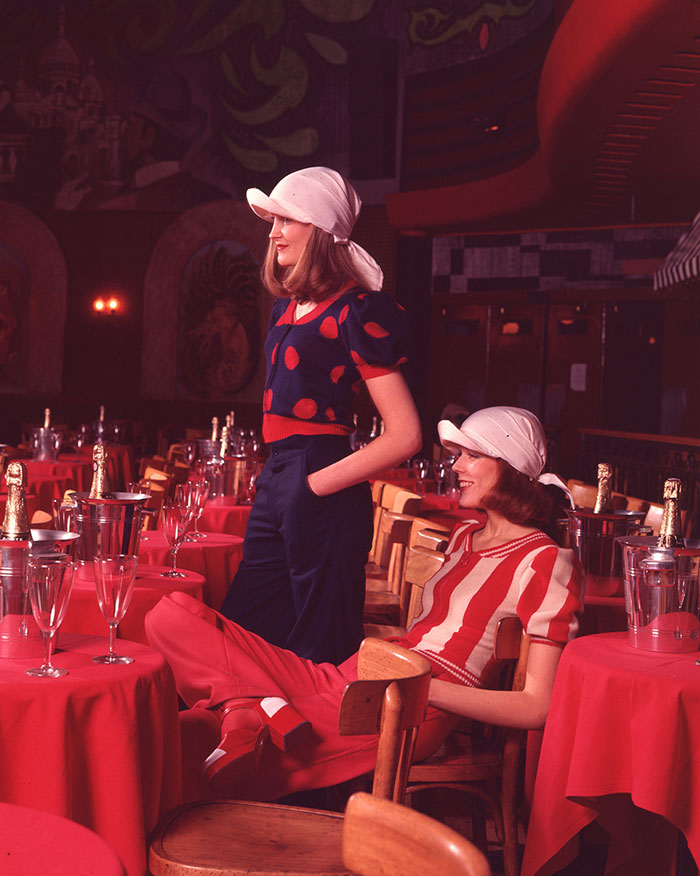
©S0-EN, 1972 March
photo: Iwata Hiroyuki
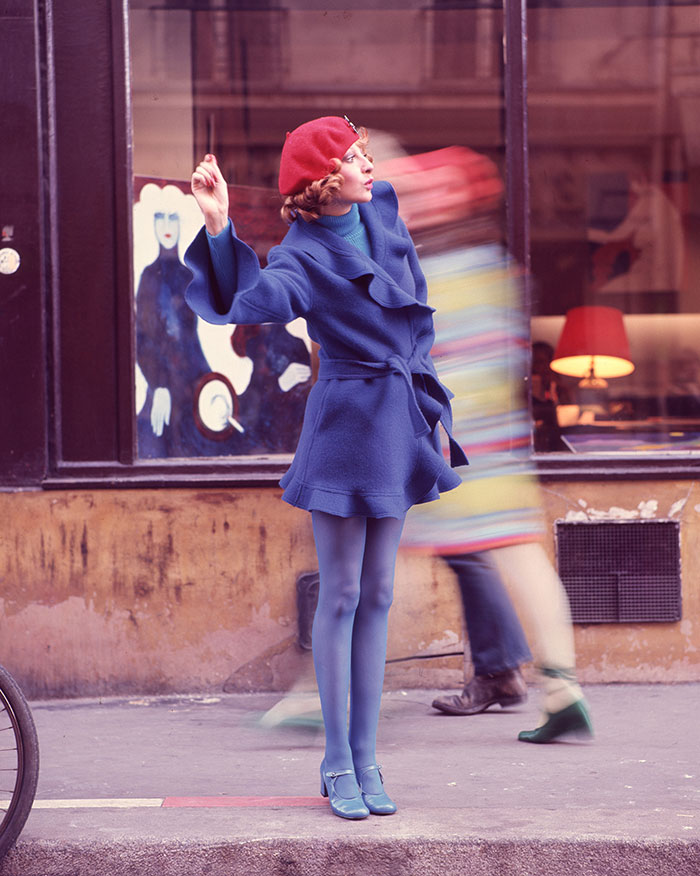
©S0-EN, 1972 January
photo: Iwata Hiroyuki
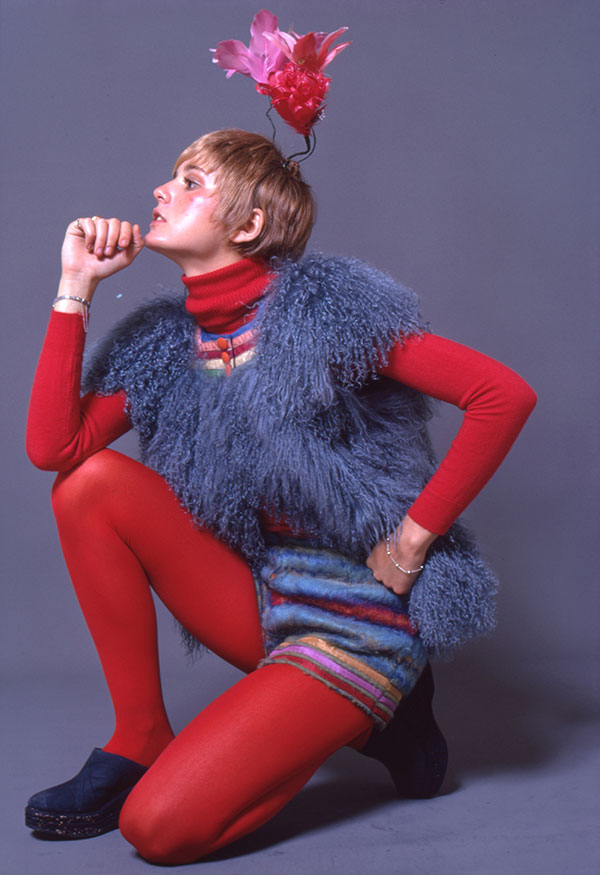
©High Fashion, 1971 October
photo: Ohnishi Kohei
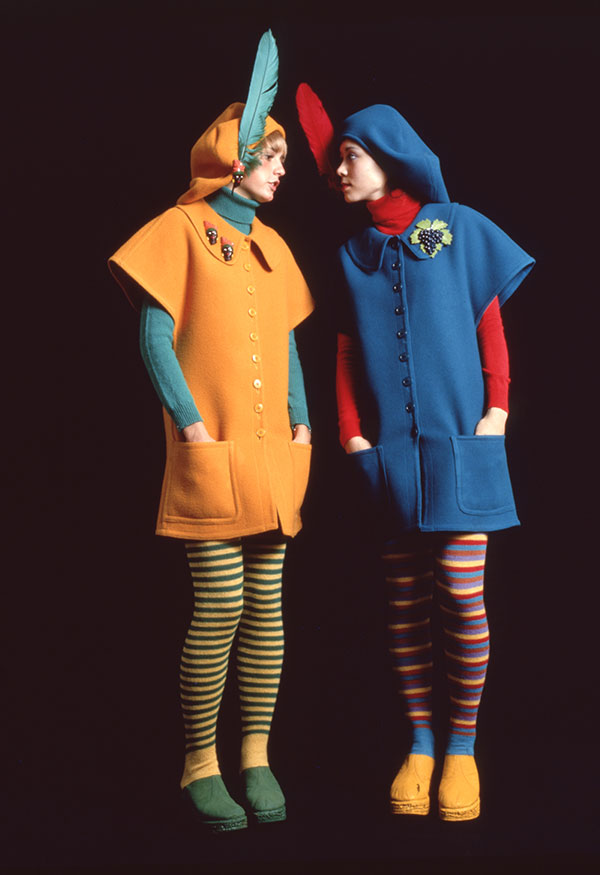
©S0-EN, 1971 September
photo: Masubuchi Tatsuo

©High Fashion, 1971 October
photo: Ohnishi Kohei
Carefully selected “old KENZO” garments from local and international collections
The first half of this section begins with Takada’s noteworthy design which was awarded the Soen Award, and goes on to focus on such as his early designs using “Japanese fabric”, or fabrics such as knits and tweed, techniques such as the “balloon”, or the themes and looks Takada presented during the 1970s “anti-couture”, “peasant look” and “military look”.
The second half of this section showcases the designer’s folklore designs from 1970s to 1980s which were inspired by ethnic costumes from around the world—including Japan, China, Rumania, Russia and Africa—and which are synonymous with Takada the designer. This will be a space in which visitors can engage in Takada Kenzo’s world, a world that was already informed by diversity and inclusivity.
A digital version of the film of “KENZO 30ans” (1999), the ultimate collection and a culmination of the KENZO brand, will be screened in digest format.
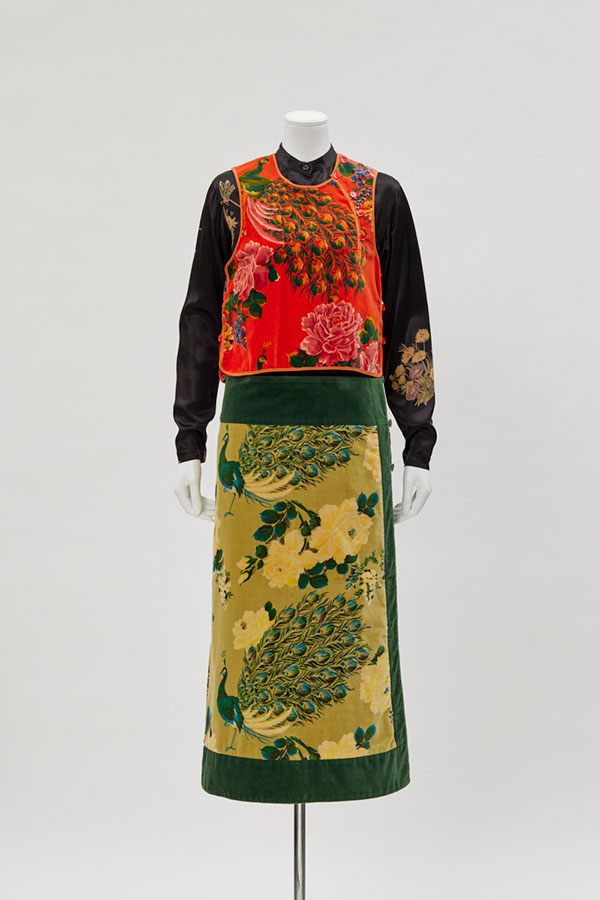
Bunka Gakuen Fashion Resource Center
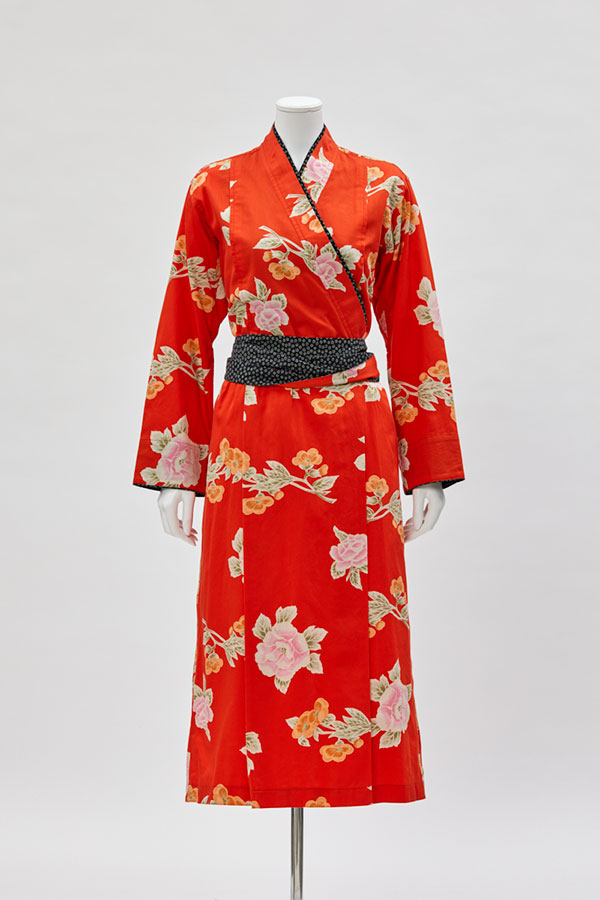
Bunka Gakuen Fashion Resource Center
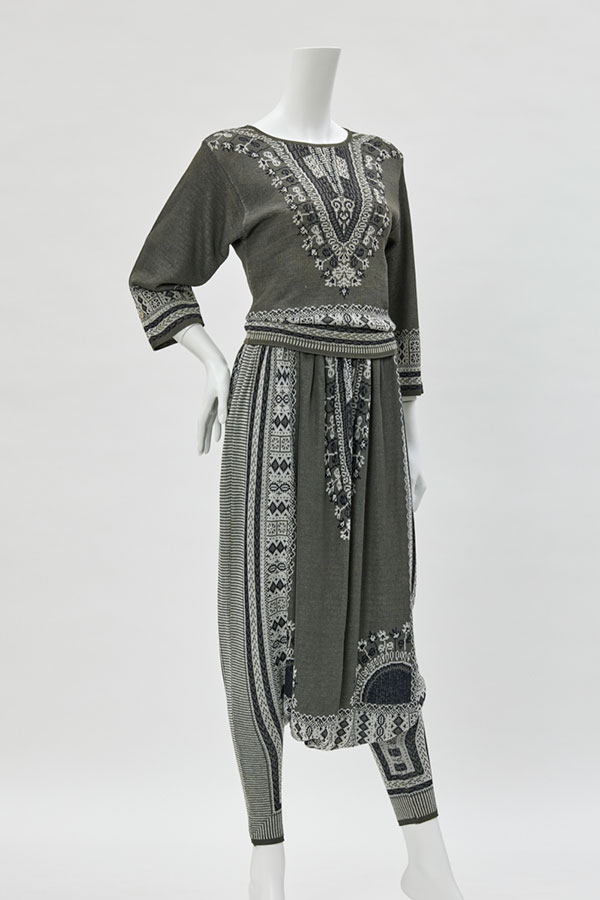
Bunka Gakuen Fashion Resource Center

1985-1986 AW (plain skirt)
1987-1988 AW (printed skirt)
Bunka Gakuen Fashion Resource Center
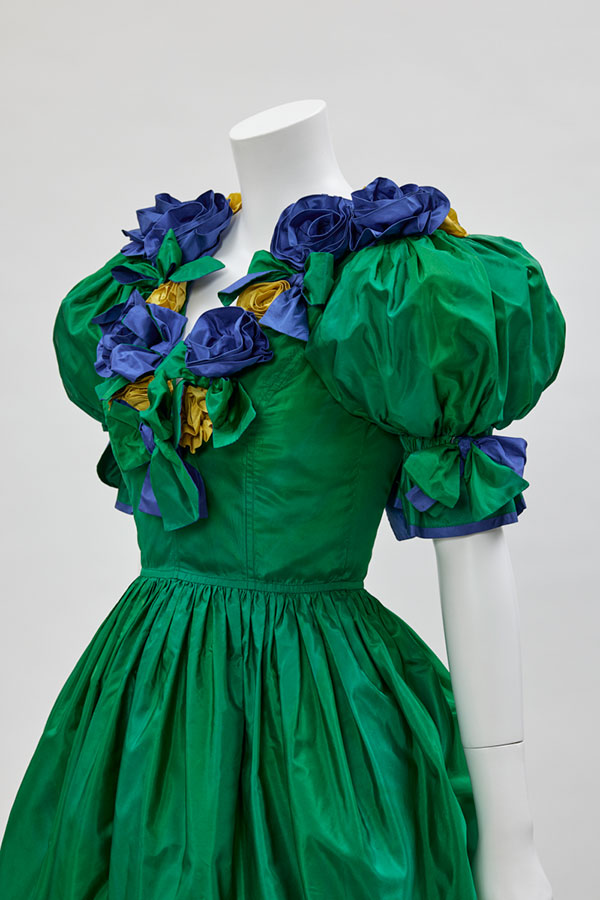
Bunka Gakuen Fashion Resource Center
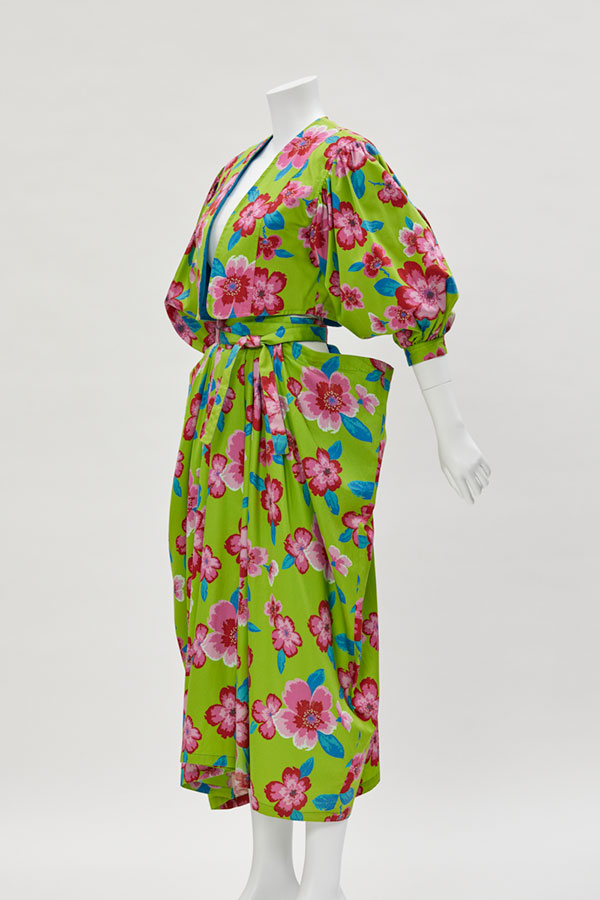
Bunka Gakuen Fashion Resource Center
Wedding Dress created with ribbons collected over 20 years
The robe de mariée (wedding dress) which appeared in the autumn-winter 1982 show is a masterpiece created by Takada using ribbons which the designer had collected over 20 years. This dress features beautiful, multi-coloured ribbons embroidered with flowers, and was worn by leading Japanese model Yamaguchi Sayoko in the “30ans” show held in 1999. This wedding dress, together with photographs of the garment being created, will also be included in this exhibition.
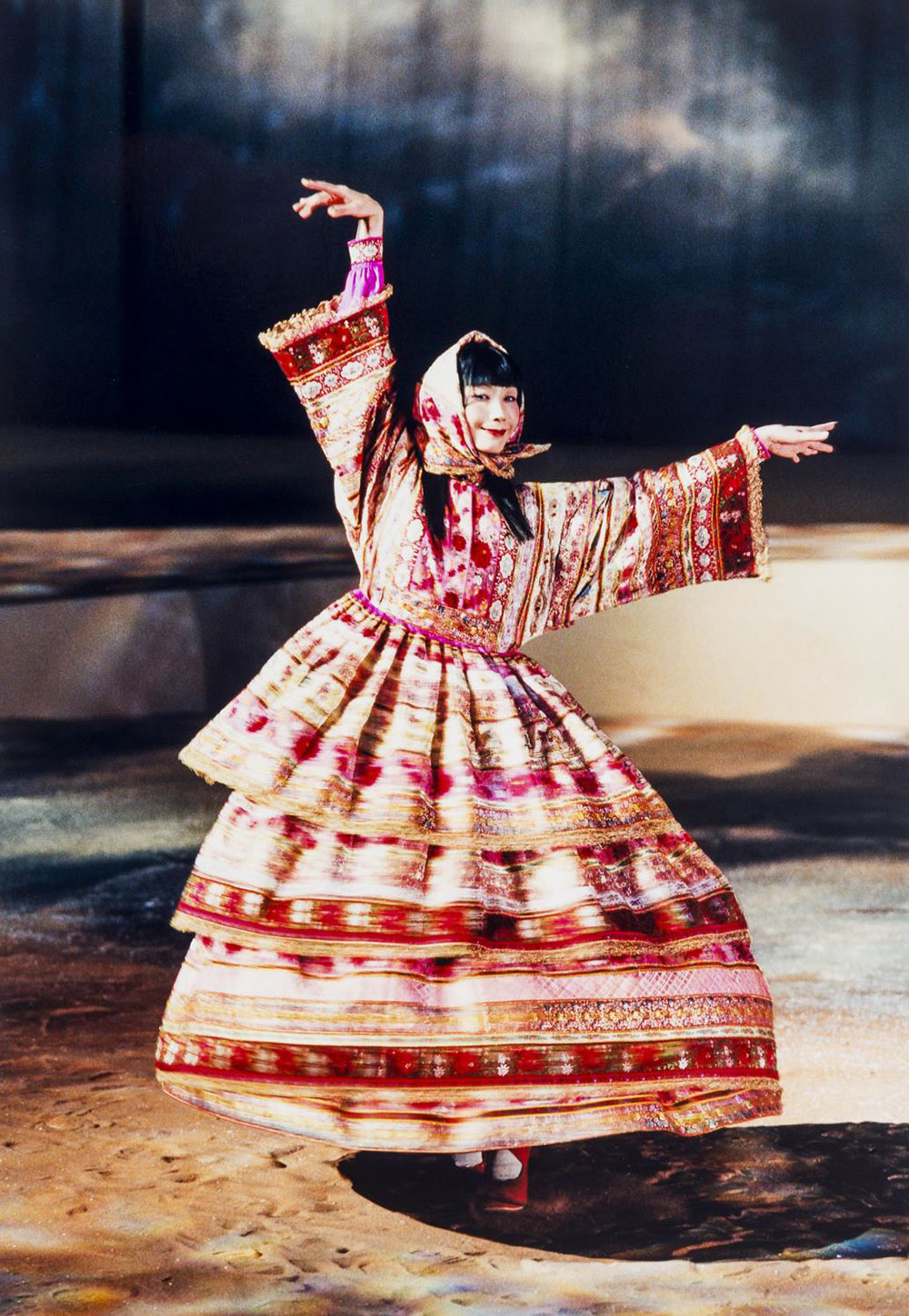
©RICHARD HAUGHTON
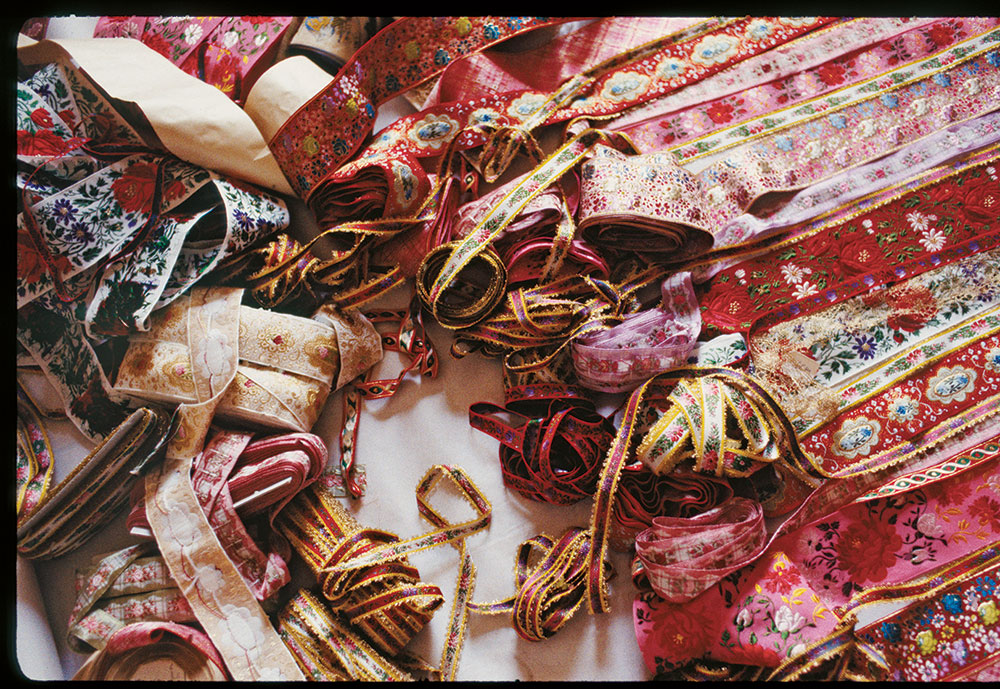
Dress (detail)
©Kazuko Masui
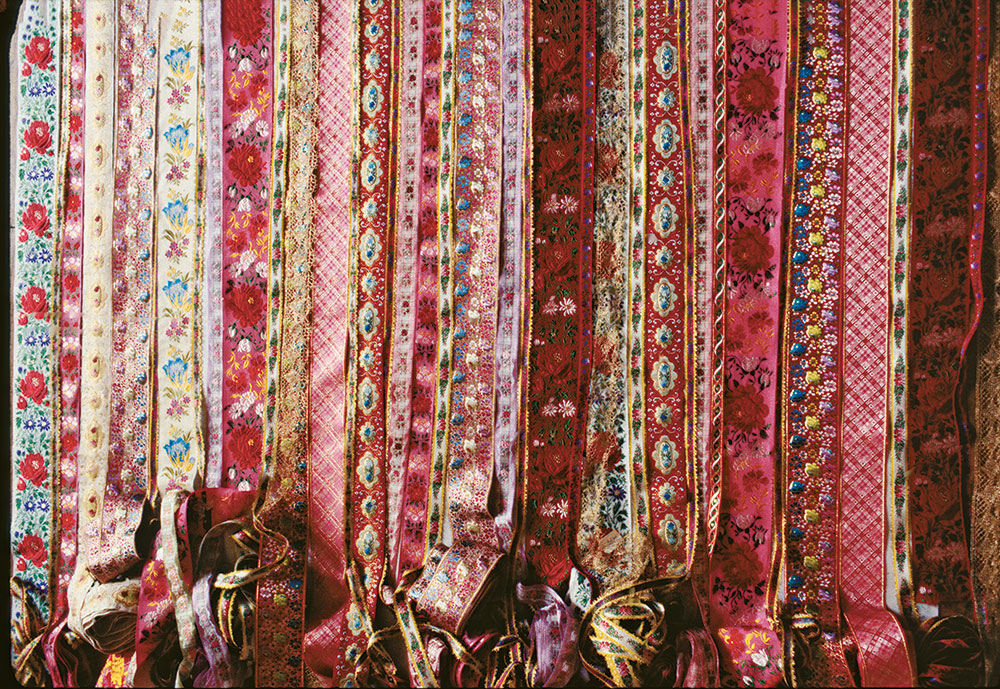
Dress (detail)
©Kazuko Masui




